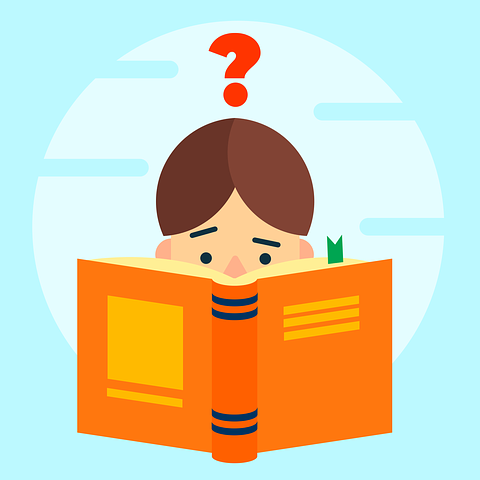Back when I was a professor of education, one of the most significant sources of anxiety for preservice teachers was classroom management. Most of them seemed unsure about their ability to manage a classroom full of 20 to 30 kids while responding to problem behaviors and facilitating the teaching and learning process. I always assuaged their concerns by letting them know that before they left my class, they would have a philosophy of classroom management and classroom management plan, which could be adapted to any classroom environment. In my course, they learned that if students are in a safe and …
How to Develop a Philosophy of Edtech
As a former college professor, I worked with a lot of preservice teaching candidates, the majority of whom had no idea what their philosophy of education was. Once I helped them develop that, I also asked them develop a philosophy of edtech, as I predicted the edtech explosion that we see now. A philosophy edtech is a document that articulates an educators beliefs about the appropriate and efficient use of edtech in education settings. I decided to create a short piece that takes students through the process of developing their own philosophy of edtech. The Activity Think about the latest …
The A-Z of EdTech Literacy: Letters S-W
Click here to access all of the articles in this series. In this series, we are discussing all of the terms, concepts, and technologies that you need to know to be literate in all thinks edtech. In the previous article, I introduced letters N-P and in the part of this series, I will discuss letters S-W. Sensory enhancers. Depending on developmental patterns, children may need to learn differently than their peers. Instead of ABCs and numbers first, a child with language delays may benefit from bright pictures or colors to learn new concepts. Sensory enhancers may include voice analyzers, augmentative …
The A-Z of EdTech Literacy: Letters N-P
Click here to access all of the articles in this series. In this series, we are discussing all of the terms, concepts, and technologies that you need to know to be literate in all things edtech. In the previous article, I introduced letters G-M and in this one, I will discuss letters N-P. Natural user interfaces. In its simplest definition, a natural user interface (NUI) uses the body’s movements to achieve certain outcomes. In the consumer market, examples of NUIs include the Nintendo® WiiTM, Xbox KinectTM, and the iPhone virtual assistant, Siri. The potential in the field of K–12 education …
The A-Z of EdTech Literacy: Letters G-M
Click here to access all of the articles in this series. In this series, we are discussing all of the terms, concepts, and technologies that you need to know to be literate in all thinks edtech. In the previous article, I introduced letters C-F and in this one, I will discuss letters G-M. Gamification. Gamification refers to the process of bringing in aspects of video games and using them to increase the intrinsic motivation behind completing certain tasks. Often, these systems include aspects like the ability to earn points, reaching new levels, and even advancing on a leaderboard. Hardware. refers …
The A-Z of EdTech Literacy: Letters C-F
Click here to access all of the articles in this series. In this series, we are discussing all of the terms, concepts, and technologies that you need to know to be literate in all thinks edtech. In the previous article, I introduced letters A-B and in this one, I will discuss letters C-F. Cloud computing. When it comes to greater educational collaboration, cloud computing has unlimited potential. This is true for teacher-to-teacher, teacher-to-parent, and teacher-to-student applications. By using a common location, academic expectations can be better accessed, along with actual student work. Instructors can also share learning materials and experiences …
The A-Z of EdTech Literacy: Letters A-B
Click here to access all of the articles in this series. As a teacher, it’s your job to make sure your students are technology-literate. Limiting students’ exposure to today’s digital devices in favor of sticking with more traditional media will only hurt them in the end. Students need to be able to learn and compete effectively in a world where technology is only becoming more and more important to higher education, work, and everyday life. To introduce your students to the latest technology, you need to be technology-literate. To help, I decided to create a guide that explains the A-Z …
Creating Real-World Connections and Fostering College and Career Readiness
By adopting a single platform that serves as a virtual staging area for all project-based learning, Columbus Signature Academy’s New Tech High School helps connect students to real-world learning while prepping them for success in college and the workforce. By Joshua J. Giebel When I ponder the traditional classroom setting, where instructors use textbooks, whiteboards, and lectures to teach math, I can only imagine how difficult it must be to make the critical real-world connections that students need to be able to fully engage with the subject matter. Simply telling students that geometry will someday become an important part of …
Continue reading “Creating Real-World Connections and Fostering College and Career Readiness”




